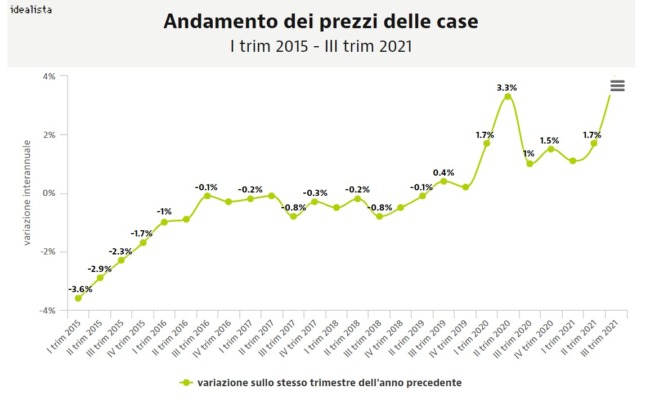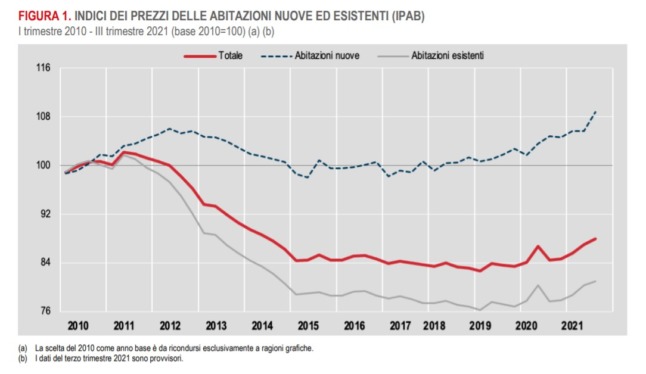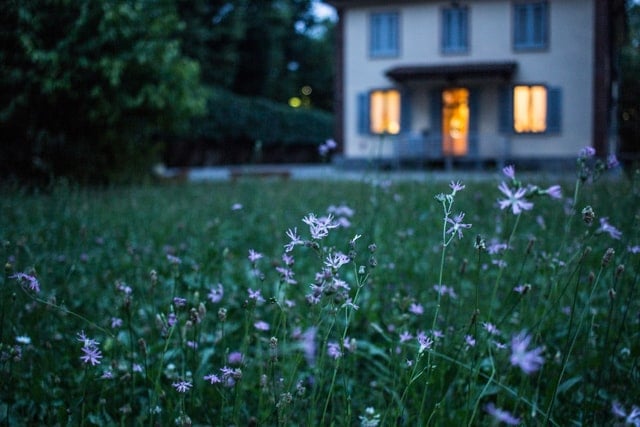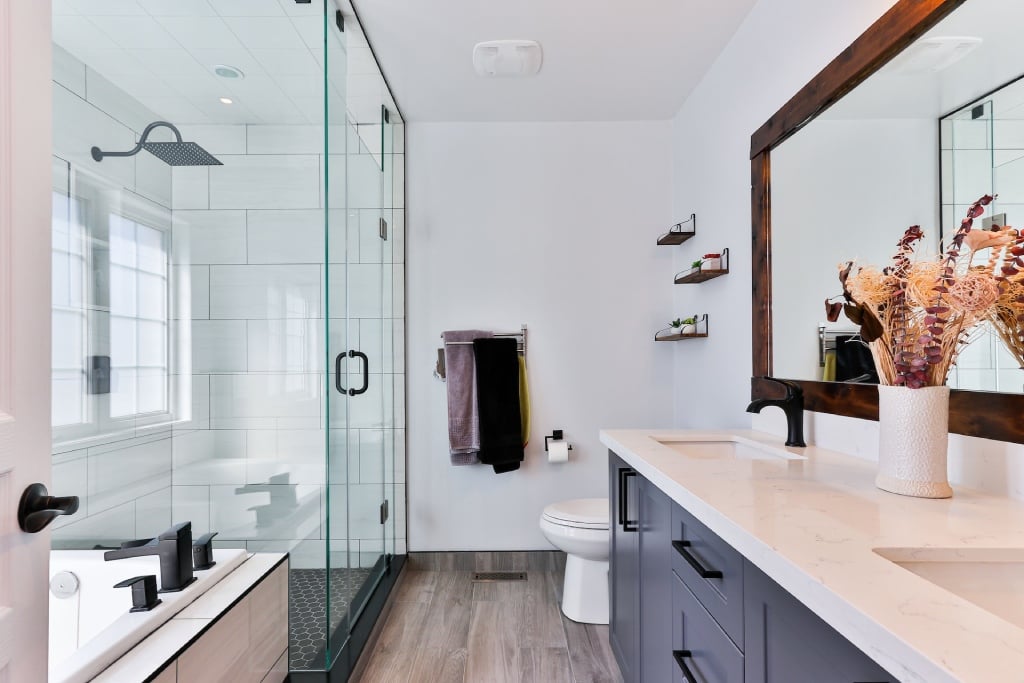The average price of property purchased for housing or for investment increased by 1.2 percent in the third quarter of 2021 (ending in September) compared to the previous quarter, and by 4.2 percent percent compared to the same time last year, according to new preliminary data from Italian national statistics agency Istat.
READ ALSO: The cheap Italian properties buyers are choosing instead of one-euro homes
While a relatively modest increase, this confirms a continuation of the trend of rising house prices in Italy amid the pandemic following a brief lull over summer.
Italy’s first major jump in prices for years was recorded at the end of the first quarter of 2020.

House price changes by quarter, 2015-2021. Source: Istat/Idealista
Until the end of 2019, Italy had been one of the only countries in the European Union recording stagnation and decline in property prices.
Industry experts said at the time that average property prices in the country were being weighed down by the high number of old, neglected properties on the market which were proving difficult to sell.
Since then, the introduction of Italy’s ‘110% building bonus’ as part of the post-pandemic economic recovery plan has stimulated interest in the purchase of old buildings in need of serious work.
And of course, since 2019 a growing number of Italy’s remote towns and villages have famously begun selling off old, crumbling houses for the symbolic price of one euro.
READ ALSO: How can a non-EU citizen get a mortgage to buy property in Italy?
Still, Istat noted that new homes continue to drive much of the rise in prices in 2021, with a 3.3 percent rise, while the price of existing properties rose by 1.8 percent.

‘Index of prices of new and existing houses’ for 2010-2021. Source: Istat
The agency said the figures were recorded “in the context of lively growth in sales volumes”, with the number of property purchases in Italy up by 21.9 percent on the previous quarter according to Italy’s Revenue Agency (Agenzia delle Entrate).
Low interest rates coupled with stable house prices created favourable conditions for buyers in Italy earlier in 2021 while the Italian government also began offering financial aid for first-time buyers from June.
Idealista said the Italian real estate market is “undergoing a profound transformation” in pandemic times and is now seeing “a fragmentation into many micro-areas”.
Considerable price hikes were noted in neighbourhoods on the outskirts of some of Italy’s large cities, as well as around smaller cities which tend to rank highly on ‘quality of life’ indexes.
See more in The Local’s Italian property section.





 Please whitelist us to continue reading.
Please whitelist us to continue reading.
Member comments